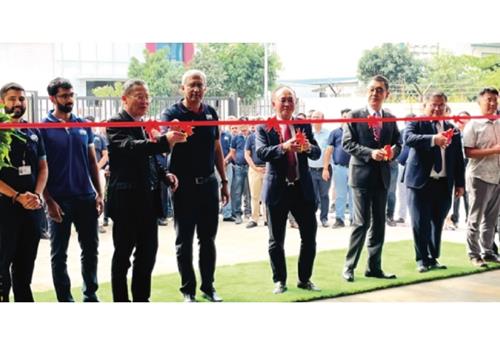India’s construction equipment sector headed for washout in Q1 FY2022
With several states in India in lockdown mode, infrastructure and road construction work has slowed down. This says, Sandeep Singh, MD, Tata-Hitachi Construction Machinery, is a precursor to a big slowdown in the sector.
Demand for new construction equipment, already in free-fall mode over the past few weeks, may crash up to 75 percent by end-May if the surge in Covid infections continues unabated.
According to Sandeep Singh, Managing Director of Tata-Hitachi Construction Machinery, even use of existing machinery is tumbling across construction sites and could be impacted by 25 percent during this period.
He told Autocar Professional that infrastructure and road construction work has slowed down following the move by a slew of states to go in for strict lockdowns. While most of them have exempted infrastructure-related works in their notifications, this has been of little help at a time when there are stiffer restrictions on mobility, rapid spread of infections among workers, difficulties in coordination and supply chain issues.
All these factors have severely impacted on-ground execution, says Singh who is also President of the Indian Construction Equipment Manufacturers’ Association. Consequently, many manufacturers have chosen to advance the periodical shutdown schedules of their plants.
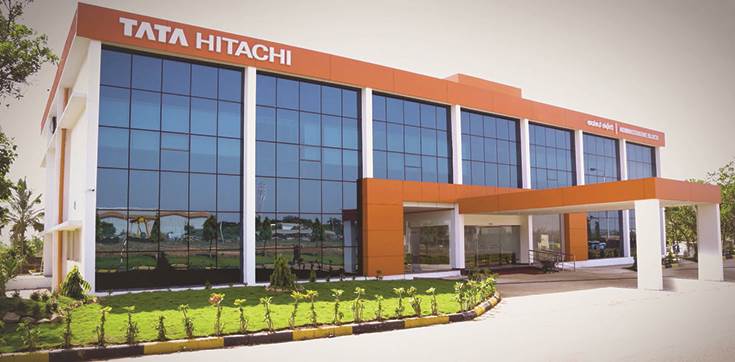
The good news in this grim backdrop is that work related to mining, granite and quarrying remains relatively undisturbed thanks to the fact that it is happening in isolated locations. Singh, a veteran in the automobile industry who has had senior leadership responsibilities in companies like Toyota, says sentiments play a very important role in the construction equipment sector. This is what differentiates it from the more buoyant B2C space comprising cars,
To elaborate, the huge wave of infections has already begun to affect liquidity availability at many levels. Given the scarce government resources, both the Centre and States are directing funds towards fighting the pandemic. Economic interventions, if any in later months, may therefore be little to write home about.
Anticipating fierce headwinds, banks and financial institutions have also begun to slow down on lending. This is affecting sales of heavier machinery in the Rs 2-7 crore price range. Additionally, the monsoons which traditionally hit the construction equipment space by 20 percent may end up causing more havoc this time around. “Consequently, there may be a big slowdown in the industry in the first quarter of this fiscal,” says Singh.
Commodity price rise to hike product cost
The other problem to reckon with is the commodity price spiral which has increased acquisition cost of machines by eight percent in recent months. While manufacturers have already passed on a part of this burden earlier this year, there will be another price hike of up to five percent when the situation hopefully begins to normalise from July. The other areas of concern are lack of oxygen availability for fabricating thick metal sheets (since all the oxygen has now been earmarked for hospitals) coupled with challenges in procuring microchips.
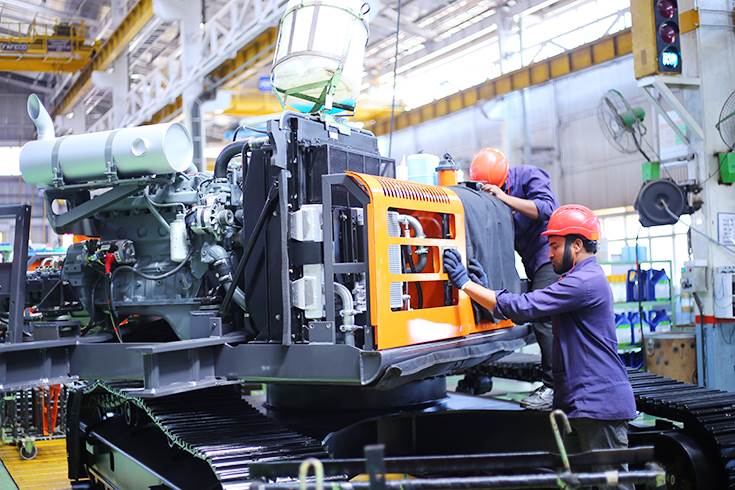
There are other anxieties on the manpower front as articulated in a recent Larsen & Toubro investor call. The company had almost regained pre-Covid levels normalcy with project executions at an upswing in the January-March quarter last fiscal.
Plans were underway to hike the labour force to 275,000 from 240,000 to meet the order backlog. However, the second wave has scuttled all plans with the labour strength now down by 20 percent despite the management's best efforts to have people stationed at construction sites with all the required facilities. Clearly, it is fear of being infected that is causing migration.
As for Tata Hitachi, all measures are being taken to ensure employee safety. Apart from basics such as installation of CCTV cameras, thermal scanning and temperature checks, the company has also changed layout of all its workplaces and cafeterias to ensure better social distancing. A team of doctors and nurses has been roped in for round-the-clock assistance to the 2,000-plus employees of which nearly 80 percent have been vaccinated.
Singh is hopeful that the economy will bounce back during the second half of this fiscal even while growth is unlikely to be as good as last year. Yet, all this will depend on Covid being in check as well as a greater momentum in the vaccination drive.
Last fiscal, the industry grew by 35 percent YoY during the second half on the back of pent-up demand, strong rebound in the road and infra sector fuelled by liquidity infusion by banks and NBFCs.
For now, the comforting piece of news is that there is continuation of work on existing projects. For instance, the Jal Jeevan Mission is now in the third year of its implementation with a Central grant of over Rs 50,000 crore this fiscal.
Likewise, the National Highways Authority of India (NHAI) is going ahead with its targeted 4,600km of highways by awarding projects worth over Rs 225,000 crore this fiscal. On the funding side, NHAI has targeted borrowings of Rs 65,000 crore and an additional Rs 35,000 crore to be raised independently.
Further, many new airport projects (both greenfield and brownfield expansions) are expected to be commissioned in the next few years for which work has started. “I am confident as the Centre has already allocated a good amount of money on infra projects,” says Singh.
Exports as a buffer
The construction equipment industry is also looking at a greater play in exports from about 10 percent to 20-25 percent over next four years, thanks to a push from improved emission norms. This will mean greater access to countries in Europe. At present, wheeled equipment which transited to Bharat Stage IV emission norms in April this year qualifies for such markets. Excavators are still part of the BS III umbrella and can be shipped out to SAARC countries, Africa and the Middle East.
From Singh’s point of view, there are two issues which come in the way of the industry’s ability to move upwards to higher emission standards.
One, volumes are still not good enough to drive change in regulatory requirements. Two, these machines do not affect the immediate environment since they are operational largely in isolated areas. Further, BS IV machines cost about 20-25 percent more which means there is a direct impact on the Centre’s project costs. “Therefore, they (Centre) are not in a great hurry,”
he says.
RELATED ARTICLES
BRANDED CONTENT: Serving India’s EV ecosystem
Shimnit Integrated Solutions Pvt. Ltd. (SISPL), a subsidiary of Mumbai's leading high-security number plate supplier, Sh...
Driving EV business with agility and flexibility
CEOs from the EV startup ecosystem met in Bengaluru and Pune to discuss the challenges and business opportunities.
BRANDED CONTENT: SM Auto and Gotech energy inaugurate their first battery pack assembly plant in Pune
Pune-based SM Auto Engineering (SMA), a leading automotive component system manufacturer and its partner Gotech Energy (...





 27 May 2021
27 May 2021
 28408 Views
28408 Views







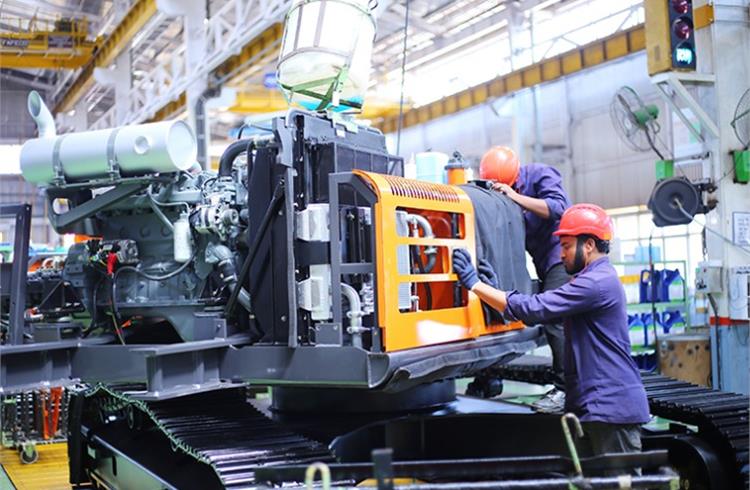

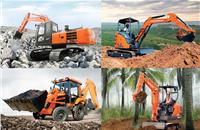

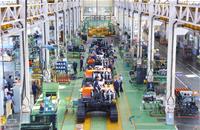
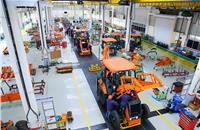
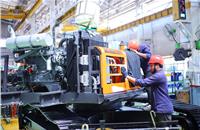
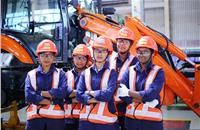

 Autocar Pro News Desk
Autocar Pro News Desk


